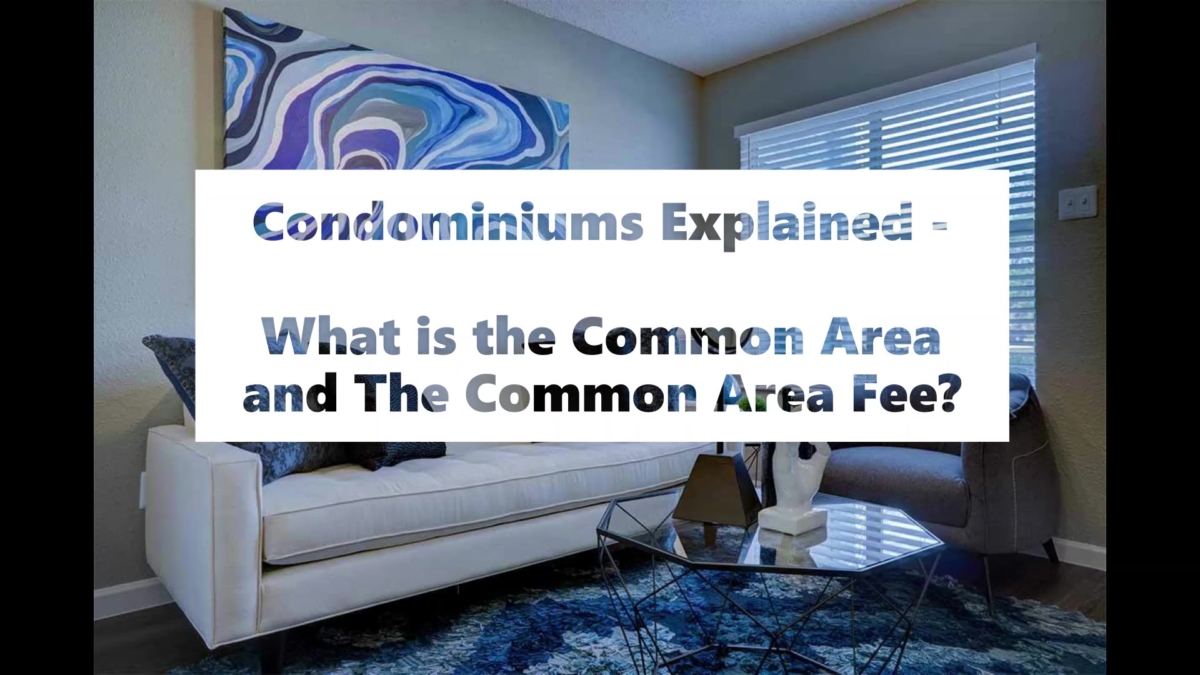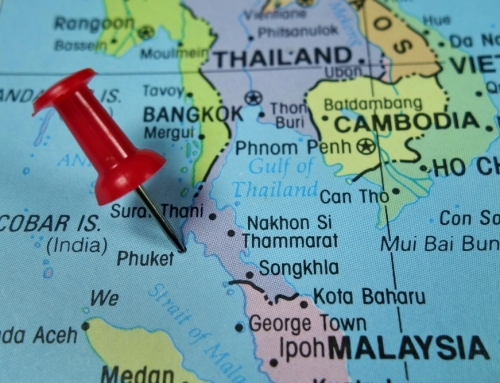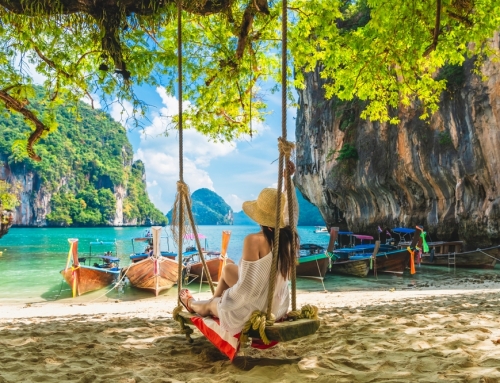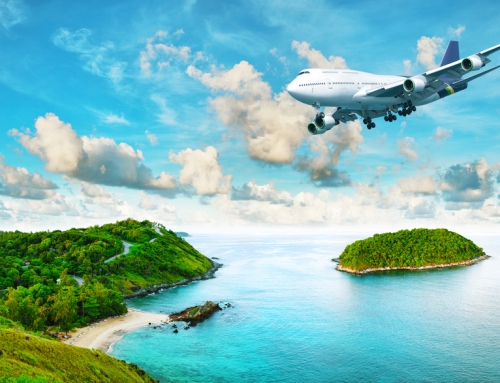When you purchase a condominium unit, you will have to pay a monthly fee for the upkeep of the common area and the maintenance of the development.
This fee may go by different names depending on the developer: Common Area Fee, Maintenance Fee, or Common Area Maintenance Fee (CAM Fee, for short). This is typically paid monthly or quarterly, although some developments require payment for a full year in advance.
What Is The Common Area?
The simple definition of common area is that part of a condominium project which falls outside of the individually owned units. In other words, if it is not owner occupied by residents/investors, it is classed as common area.
Put another way, it is all the land within the boundaries or the perimeter of the development, excluding the owner’s condo units.
But the common area is not just the land, it also includes the actual physical structure, i.e. the bricks and mortar of the development.
The Common Area is Shared Between Co-Owners
Every owner within a resort owns a share of the common area in direct proportion to the size of their unit. (e.g. If the total unit area is divided into 100 condominiums and you own one of them, then your share of the common area would be 1%.)
So what exactly do you co-own? The following are examples what makes up the common area:
- The gardens and all the landscaping
- The car park
- Hallways, stair cases, corridors and exterior pavements
- The elevators
- The gym and fitness centre
- The swimming pool(s)
- The lobby area
- All other amenities found outside the owners condo units
- All the plumbing systems outside the owners condo units
- All the electrical systems outside the owners condo units
- All air conditioning outside the owners condo units
- All the roofs, excluding ceilings in each condo unit
- External windows, excluding those in each condo unit
- The perimeter fencing or walls
- The land on which the condominium has been constructed
So if you own a freehold titled unit (not a leasehold) you will own not only your unit, but will also have a “fractional interest” – together with the other freehold owners – in the above parts of the resort.
It is in the interest of every owner that these areas of the condominium be well-maintained, which is why each development has a CAM Fee.
The Common Area Maintenance Fee
A CAM Fee covers the ordinary upkeep and maintenance of the areas mentioned above. This includes regular cleaning of the resort, tending to the landscaping and gardens, as well as waste collection.
All bills associated with the common area, such as water and electricity also come out of the CAM fees, as does minor maintenance work, such as servicing the elevators or small paint jobs.
In fact, this fee covers everything needed to keep the condominium looking smart and functioning efficiently, including paying the salaries of the staff who work at the development.
The common area fee is different from the sinking fund. If you would like to learn more about what a sinking fund is, please read this:
What is a Condominium Sinking Fund?
How Is the Common Area Fee Calculated?
The fee is calculated by multiplying the unit space you own in square metres by the pre-set common area fee rate.
These rates vary from resort to resort, but at the time of writing the average common fee in Phuket is around THB 50.00 per square metre. (This rate can be much higher for luxury condominiums.)
The common area fee, though not always paid monthly, is usually calculated by the month. So, if you own a 50 m2 condo, you would calculate the CAM fee by multiplying the unit area by the fee rate:
50 m2 x THB 50/m2 = THB 2,500 per month
(THB 30,000 per year)
When you consider that this small charge protects your investment by maintaining the standard of the resort, it really is good value for money.
Who Looks After the Maintenance and the CAM?
The Condominium Juristic Person (CJP) and/or the management office is normally responsible for running a resort.
In many condominiums, the owners also get involved and form an owners committee. This means they also have say in where the monies are being spent.
If a resort is run professionally, and owners are taking part in the decision making, then any major changes made to the management or maintenance of the common area will require the approval of the owners committee.
And the owners committee members themselves will be subject to re-election every two years at the Annual General Meeting (AGM), ensuring that unpopular or “rogue” committee members can be removed.
Summary
If you buy a condo in Phuket, you will be expected to contribute towards the upkeep of the resort by paying a common area fee.
This fee covers the running of the resort and all ordinary upkeep and maintenance, and is usually a small price to pay to keep the resort well-maintained and looking attractive.
If you decide to sell your unit at some stage in the future, a well-managed resort will be a selling point for potential buyers.
You can read some of our related Phuket condominium articles here:
Condominiums Explained – What is a Condominium?
The Pitfalls of Buying a Condominium Leasehold Unit
Owning a Freehold Condominium through an Offshore Company
Owning a Freehold Hotel-Licensed Condominium in Thailand
Using a Thai Company Limited to Purchase a Leasehold Condo Unit
The Importance of Sound Legal Advice When Buying Property in Phuket
The Different Types of Property in Phuket
Conducting the Necessary Due Diligence When Buying Real Estate in Phuket
Is Thailand Alone? How Many Countries in the World Prohibit Foreign Ownership of Land?





Social Contact